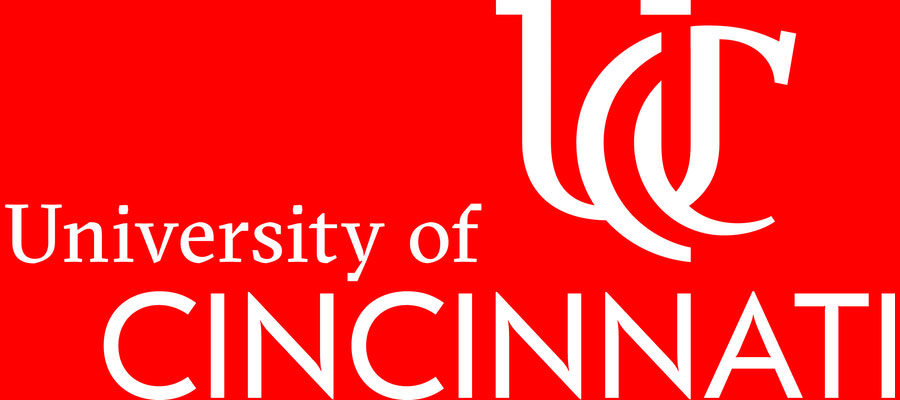The University of Cincinnati Classics Department is pleased to offer the Margo Tytus Visiting Scholars Program, for study and research in the fields of philology, history, or archaeology at the John Miller Burnam Classics Library. Apart from residence in Cincinnati for the term of the relevant fellowship, the only obligation of Tytus Scholars is to pursue their own research. They will also be able to access the Klau Library at neigboring Hebrew Union College. Applicants for the Margo Tytus Visiting Scholars Program will ordinarily be senior scholars (at least five years beyond receipt of the Ph.D.) of some standing. The program's criteria favor scholars with notable publication histories, in fields of interest to department faculty and current graduate students. Preference will be given to those who have not previously been able to use the resources of the Burnam Classics Library.
Tytus scholars are expected to be in residence at the University of Cincinnati for a minimum of one semester and a maximum of two during the regular academic year; Fall semester is approximately from 1 September to the December break, Spring from January to April.
The Burnam Classics Library collections include more than 270,000 volumes and c. 2,000 journal titles spanning all areas of classical civilization, including language and literature, archaeology, art, history, epigraphy, papyrology, numismatics, palaeography, religion, philosophy, politics, science and technology, and medicine. The collections in all areas of classical studies are outstanding, although especially exhaustive in Greek and Latin philology and Minoan-Mycenaean archaeology. A few highlights include some 18,000 German dissertations and Programmschriften in classics, especially philology, from the 18th to the early 20th c., a separate room of more than 2,000 books on Palaeography, the collecting of which began with the namesake of the library, Latin palaeographer John Miller Burnam, some 3,500 early imprints from the 16th-18th c. as well as various incunabula such as Statius’ Thebaid, Silvae, Achilleid from 1483, Diodorus Siculus’ Bibliotheca Historica from 1496, Tacitus’ Historiae from 1497, Justin’s epitome of Trogus’ Philippic Histories from 1497, and Josephus’ De bello judaico from 1499 as well as some exquisite facsimiles of illuminated manuscripts such as Ptolemy’s Cosmographia (Codex Urb. Lat. 277), the Joshua Roll (Codex Vat. Pal. Graec. 431), and the Vergilius Romanus (Codex Vat. Lat. 3867), and a facsimile of the oldest preserved Sophocles manuscript (Florence, Ms. Codex Laurentianus 32.9).
The Byzantine and Modern Greek Collections at the University of Cincinnati include some 60,000 volumes and 7,000 journal titles covering all aspects of Byzantine and post-Byzantine Greece, with special strengths in 19th c. and early 20th c. journals, such as Έρμῆς ὁ λόγιος (1811-21), the journal of the Greek intellectuals dispersed through Europe during the pre-Revolutionary period and an important source for the intellectual background to the Revolution as well as the first journal published in modern Greek. Other historical periodicals include Βυζαντίς (1909-12), Έλληνικά (1928-), Ἐπετηρὶς Ἑταιρείας Βυζαντινῶν Σπουδῶν (1924-), Δελτίων τῆς Ίστορικῆς καὶ Ἐθνολογικῆς Έταιρίας Ἑλλάδος (1883-), Ἠπειρωτικὰ χρονικά (1926-), Θρακικά (1928), Χιακὰ χρονικά (1911-), Μικρασιατικὰ χρονικά (1938-), and and Ἀθηνᾶ (1889-), the journal of the Έπιστημονικὴ Έταιρεία in Athens. Other significant publications include Μεσαιωνικὴ βιβλιοθήκη (7 vols., Venice, 1872-94), and the Ἀρχεῖον κοινότητος Ὓδρας (1778-1832) in fifteen volumes, which is of great importance for the understanding of the commercial background of the Revolution (aka the War of Independence, 1821-1832, against the Ottoman Turkish rule).
